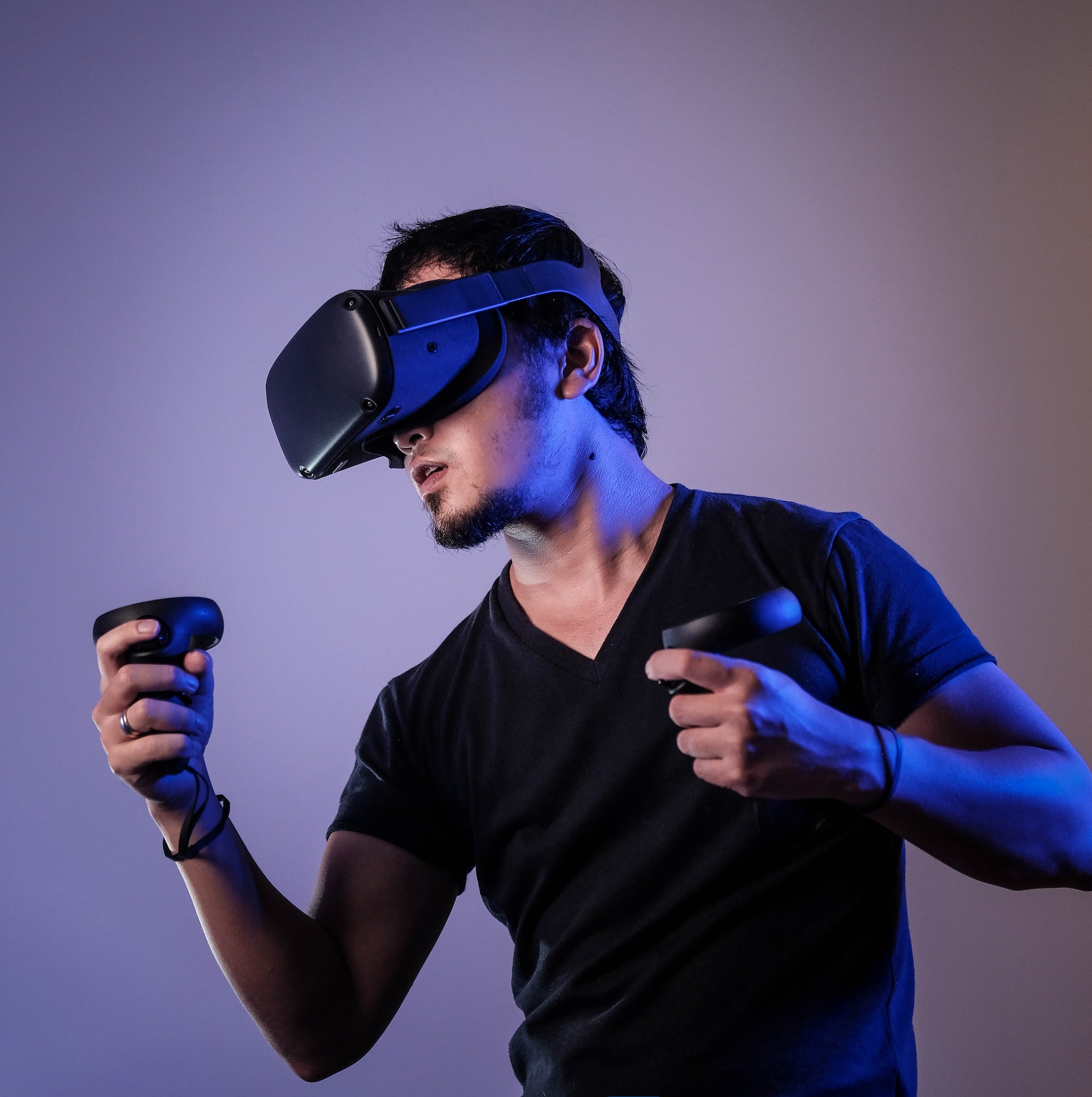
Scientists from the Gwangju Institute of Science and Technology have developed a new virtual reality (VR) technology that can detect users’ movements. The new technology is a floor mat that creates a system that allows real-world body movements such as running and walking without inducing motion sickness.
The adjustable foot-detecting floor mat created at MIT CSAIL. Also, the mat is highly sensitive and can detect the user’s high-resolution footprint pressure, which translates into movement through an intelligent machine-learning model. This system eliminates the use of joysticks and makes the VR experience more immersive.
The team behind the project also addressed the issue of cost, making it an affordable solution for users. Additionally, the mat is padded and shipped similarly to popular home games like Dance Dance Revolution, making it easy to set up and use.
According to the scientists, the new technology is a significant improvement over VR headsets, which only partially display optical illusions and can induce motion sickness. The VR walk system developed by the team provides a more realistic and immersive experience for users, leading to a reduction in motion sickness. The team also hopes that the new technology will become more accessible with mass production and help users save their records after a VR session. The breakthrough technology is a significant step towards creating a more interactive and engaging VR experience that simulates real-world movements.
Similarity with Star Trek
In the TV show Star Trek: The Next Generation, a device similar to this product exists. It boasts a well-designed user interface that enables virtual actions without the need for joysticks. Additionally, this technology enhances the immersive experience by eliminating motion sickness, but its limitations arise from the necessity for real-world body movement, such as running and walking. For years, scientists have been iterating from detailed running machine platforms to mobile virtual reality to overcome this challenge.
Photo credit : Minn Pham(Unsplash)



